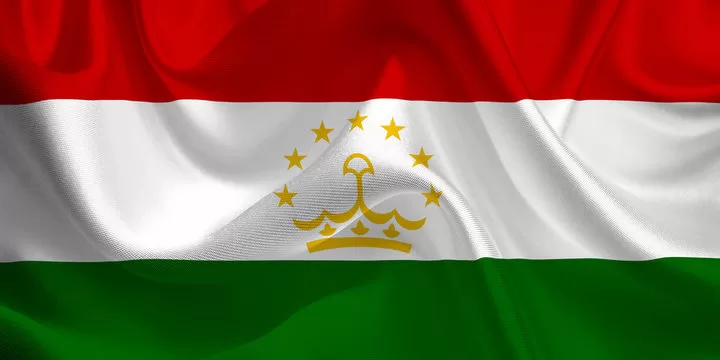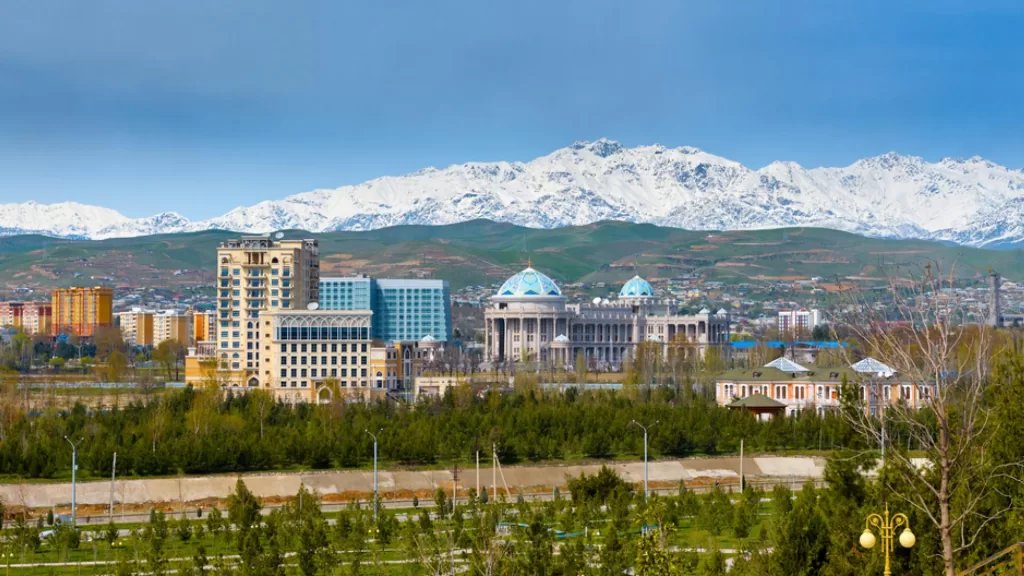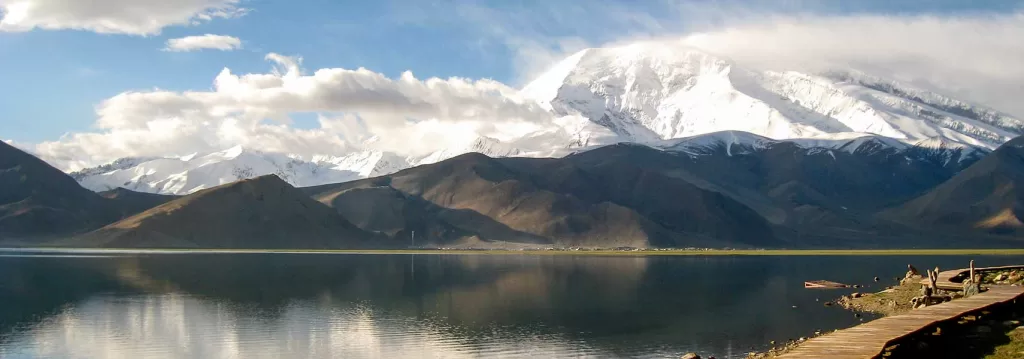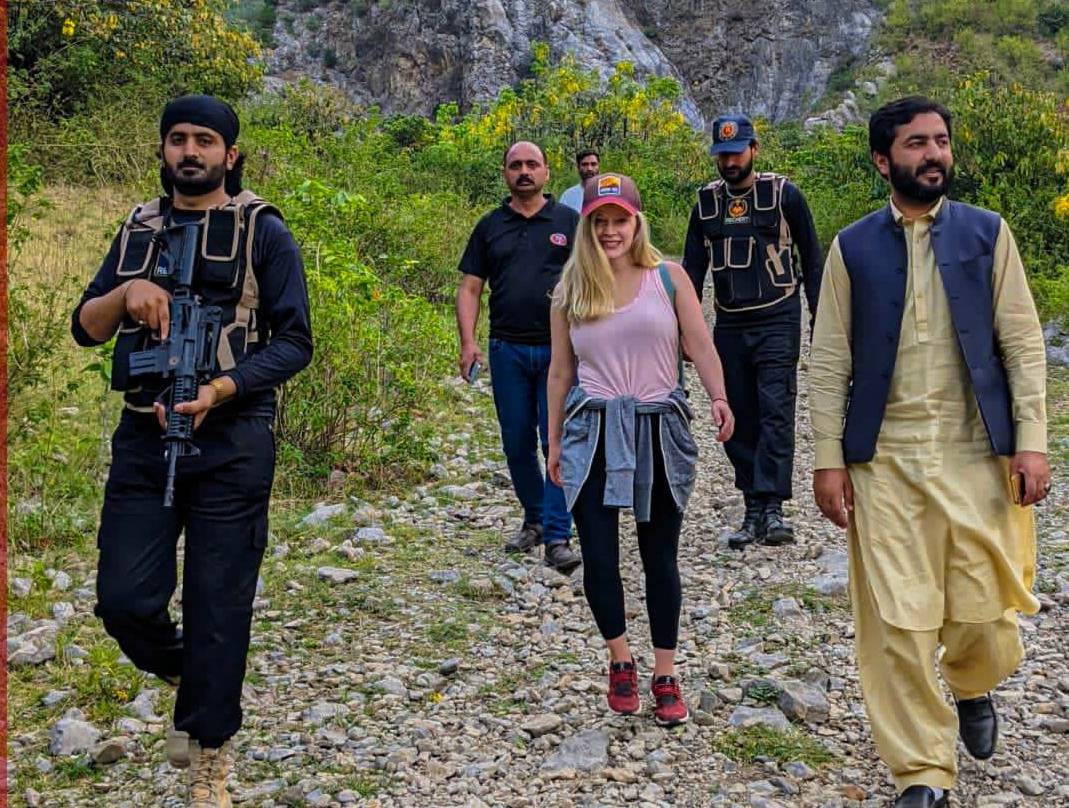Tajikistan Country Report

Tajikistan, a landlocked country in Central Asia, is known for its stunning mountain landscapes, rich cultural heritage, and historical significance along the ancient Silk Road. With a population of around 9 million people, Tajikistan shares borders with Afghanistan, China, Kyrgyzstan, and Uzbekistan. The country gained independence from the Soviet Union in 1991 and has since faced various challenges, including political instability, economic difficulties, and social issues. Tajikistan’s economy relies heavily on agriculture, hydropower, and remittances from Tajik migrant workers abroad. Despite its natural beauty and cultural richness, Tajikistan faces developmental challenges, including limited access to healthcare, education, and infrastructure in rural areas. Additionally, the country grapples with issues such as poverty, corruption, and political tensions.
However, Tajikistan has made efforts to address these challenges, with ongoing investments in infrastructure, education, and healthcare, as well as participation in regional initiatives aimed at fostering economic development and stability in Central Asia.
Last updated: April 12, 2022
Security
Security is a significant concern in Tajikistan, influenced by various factors such as its geographic location, political dynamics, and regional instability. The country shares borders with Afghanistan, a region known for insurgency and illicit activities, which poses security challenges for Tajikistan. Additionally, Tajikistan has experienced internal tensions, including sporadic violence and conflicts related to ethnic, religious, and political issues. The government has also faced challenges from extremist groups and militant organizations operating within its borders, particularly in the eastern regions of the country.
To address these security concerns, Tajikistan has strengthened its security forces and cooperated with international partners, including Russia and other Central Asian countries, to combat terrorism, drug trafficking, and organized crime. The government has also implemented measures to enhance border security, improve intelligence gathering, and counter radicalization efforts. Despite these efforts, security remains a complex and ongoing challenge for Tajikistan, requiring sustained attention and cooperation at both domestic and international levels.
Last updated: May 13, 2022
Infrastructure

Tajikistan’s infrastructure is characterized by a mix of challenges and developments. The country’s mountainous terrain and landlocked geography present significant obstacles to infrastructure development, particularly in remote and rural areas. However, Tajikistan has made efforts to improve its infrastructure network, with a focus on transportation, energy, and telecommunications.
In terms of transportation, Tajikistan has invested in road construction and rehabilitation projects to enhance connectivity between major cities and regions. However, road quality remains a concern, especially in mountainous areas prone to landslides and harsh weather conditions. The country also relies on air transport, with several airports serving domestic and international flights.
In the energy sector, Tajikistan has considerable hydropower potential, and the government has invested in hydroelectric dams and power plants to harness this renewable energy source. These projects aim to improve access to electricity and reduce reliance on imported energy.
Regarding telecommunications, Tajikistan has seen advancements in mobile and internet connectivity, although access remains limited in rural areas. Efforts to expand broadband infrastructure and digital services are underway to bridge the digital divide and promote economic development.
Despite these improvements, Tajikistan’s infrastructure still faces challenges such as inadequate maintenance, funding constraints, and vulnerability to natural disasters. Continued investment and sustainable development strategies are necessary to address these challenges and support Tajikistan’s economic growth and resilience.
Last updated: December 29, 2022
Environment

Tajikistan’s environment is characterized by its mountainous landscapes, abundant water resources, and diverse ecosystems. The country is home to significant biodiversity, including rare species of flora and fauna, supported by its diverse climatic zones ranging from arid deserts to alpine meadows. However, Tajikistan faces environmental challenges, including deforestation, soil erosion, and water scarcity exacerbated by climate change and unsustainable land use practices.
Deforestation, driven by logging, agriculture, and fuelwood collection, threatens the country’s forests and wildlife habitats, leading to soil degradation and loss of biodiversity. Soil erosion is also a concern, particularly in mountainous areas where steep slopes are vulnerable to erosion caused by deforestation, unsustainable farming practices, and extreme weather events.
Water scarcity is a pressing issue in Tajikistan, despite its abundance of rivers and lakes. The country’s water resources are unevenly distributed, with some regions facing shortages due to inefficient water management practices, pollution, and competition for water resources among various sectors such as agriculture, industry, and domestic use.
Climate change further exacerbates these environmental challenges, with Tajikistan experiencing more frequent and intense natural disasters such as floods, landslides, and droughts. These events pose significant risks to communities, infrastructure, and livelihoods, particularly in vulnerable rural areas.
To address these environmental challenges, Tajikistan has implemented conservation initiatives, reforestation programs, and sustainable land management practices. Additionally, the government collaborates with international organizations and partners to mitigate the impacts of climate change and promote environmental sustainability. However, sustained efforts and investments are needed to ensure the long-term health and resilience of Tajikistan’s environment.
Last updated: March 17, 2022
Health and Medical
In Tajikistan, the healthcare system faces various challenges, including limited access to healthcare services, inadequate infrastructure, and shortages of medical personnel and supplies, especially in rural areas. The country’s healthcare system has been affected by factors such as economic difficulties, political instability, and the legacy of the civil war in the 1990s. As a result, healthcare facilities often lack essential equipment and medicines, and medical professionals may face challenges in providing quality care.
Tajikistan’s healthcare system is primarily funded by the government, but out-of-pocket payments by patients are common, which can be burdensome for low-income families. In recent years, the government has taken steps to improve healthcare services, including investing in infrastructure, training healthcare workers, and expanding health insurance coverage. Additionally, international organizations and donor countries have provided assistance to support healthcare initiatives in Tajikistan.
Despite these efforts, significant gaps in healthcare provision persist, particularly in remote and underserved areas. Common health issues in Tajikistan include infectious diseases such as tuberculosis and hepatitis, as well as maternal and child health concerns. Non-communicable diseases such as cardiovascular diseases and diabetes are also on the rise.
To address these challenges, ongoing efforts are needed to strengthen the healthcare system, improve access to essential services, and address the underlying social determinants of health. Collaboration between the government, healthcare professionals, civil society organizations, and international partners will be essential to ensure that all Tajikistanis have access to quality healthcare services and can lead healthy lives.
Last updated: September 6, 2023
Political
Tajikistan’s political landscape is characterized by a centralized government led by President Emomali Rahmon, who has been in power since 1992. The political system is dominated by Rahmon’s People’s Democratic Party, and opposition parties have limited influence. The country has faced challenges related to political repression, lack of political pluralism, and human rights abuses. Despite these challenges, Tajikistan maintains stability through tight government control and limited dissent, while regional dynamics and geopolitical considerations also play a significant role in shaping its political landscape.
Last updated: March 28, 2022















